The Culture Of Lebanon
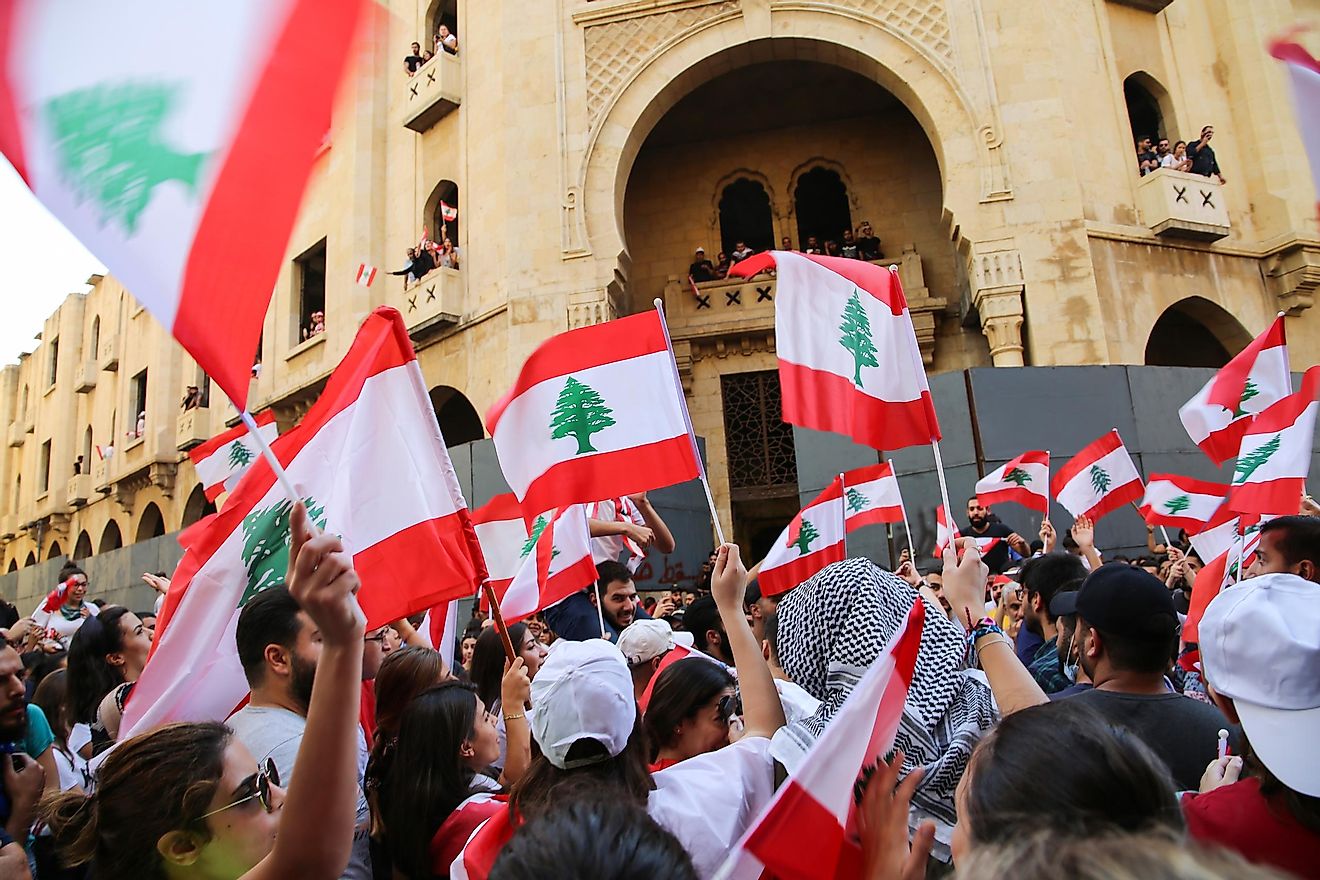
- Religious coexistence between Christians and Muslims is a founding principle of Lebanon.
- Lebanon's official language is Arabic, but many people speak French as well.
- The cuisine in Lebanon is reflective of its location of the Mediterranean: it involves a lot of fruit and vegetables, as well as fish and meats.
- Lebanese music blends traditional sounds with more modern influences.
- Fairuz, considered the most successful singer in the Arab world, is from Lebanon.
Formally known as the Lebanese Republic, Lebanon is a country in Western Asia. The culture and customs of the country have evolved over thousands of years, with evidence of human settlement in the region dating back millennia. Several nations like the Phoenicians, Greeks, and the French have influenced the culture. Today, this diversity is observed in the eclecticism of the traditions and the people.
Along with this diversity, there are uniformities in things like language, which is clearly stated in the law. The official language is Arabic, although there are provisions for using French. A dialect of Arabic called Lebanese Arabic is very common in the country. Here are some important factors related to Lebanese culture.
Religions Practiced
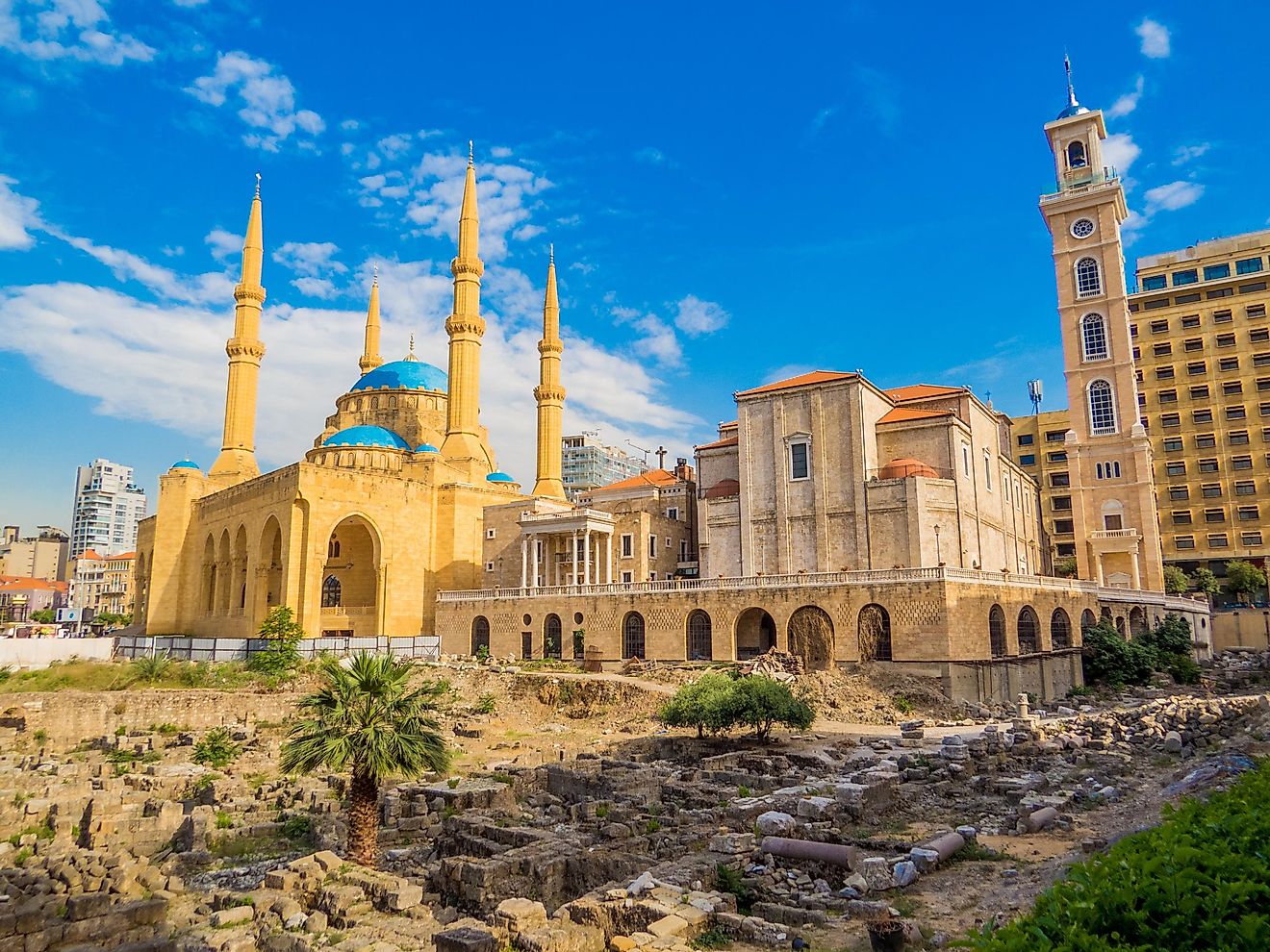
Lebanon has at least 18 known religious groups. The two main religions, as is the case for most countries in the world, are Islam with 54% of the population, and Christianity accounting for 40.4%. In this regard, Lebanon shows similar characteristics with other Middle Eastern countries where the dominant population practices Islam along with a sizeable Christian following. Islam is divided into two main groups, namely Sunni and Shia, while Christianity has smaller divisions including the Maronite Church, the Protestant Church, the Melkite Greek Catholic Church, and others.
Interestingly, the latest data shows that Shia and Sunni Muslims have the same number with each group contributing half of the 54%. Among Christians, the largest sect is the Maronite Church with a share of about 21% of the total Christian population. Lebanon also has a very minor Jewish group, since many Jewish people fled the country throughout the 20th century. Religious plurality is so important to the country such that the President, the Prime minister, and the Speaker of the Parliament have to be Maronite, Sunnite, and Shiite respectively.
Festivals
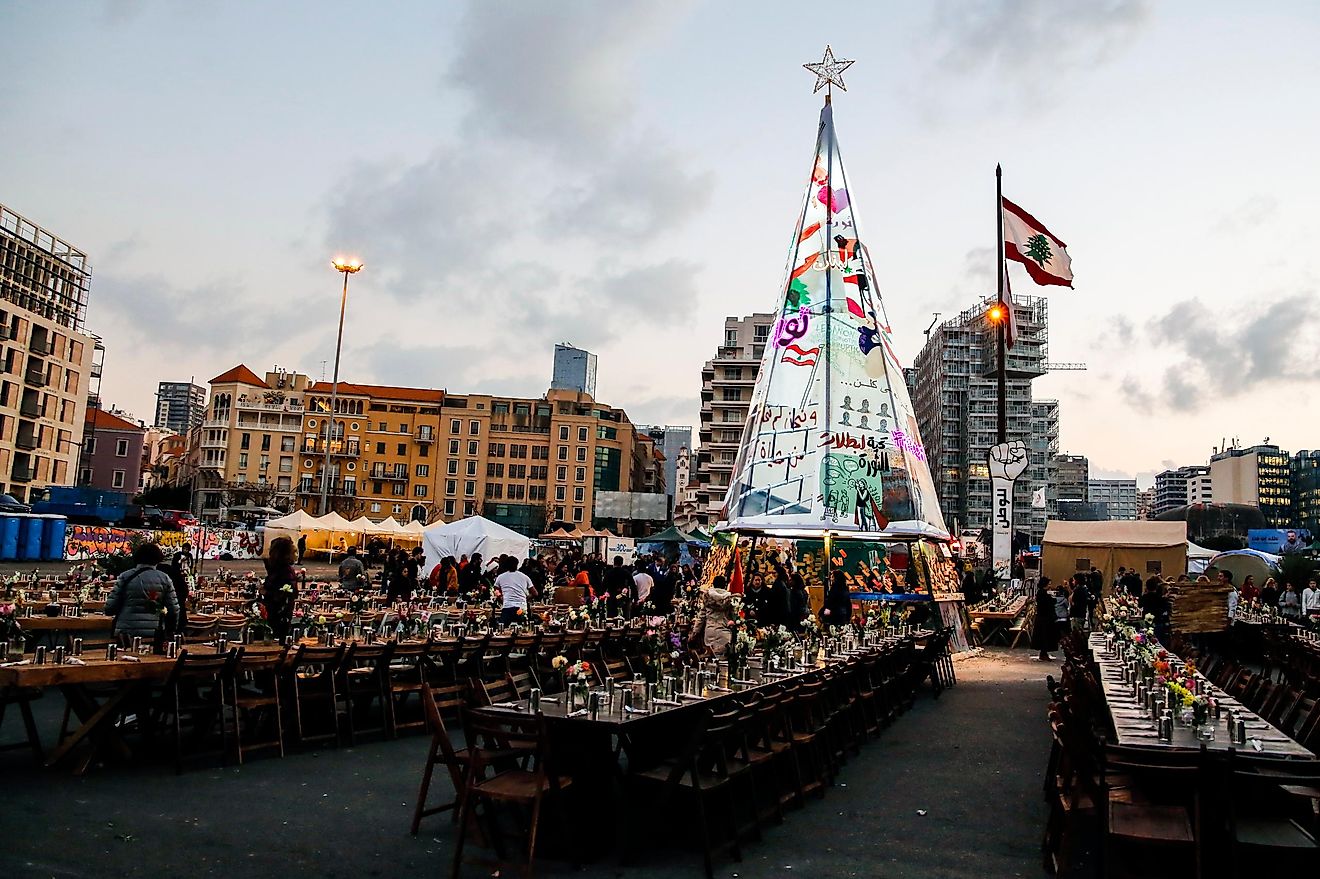
As the country has a significant following of both Muslims and Christians, it is not a surprise that it observes both Muslim and Christian holidays and festivals. Muslim holidays are determined by the Islamic lunar calendar while both the Gregorian and the Julian Calendars determine Christian ones. Some of the Muslim holidays include the popular Eid al-Fitr, ending the holy month of Ramadan, and Eid al-Adha, the Festival of Sacrifice. Other Muslim celebrations include the Birth of their Prophet Muhammad, Ashura, and a celebration to remember the willingness by Abraham to sacrifice his only son to God. On the other hand, Christians celebrate popular holidays such as Christmas, on December 25, and Easter. The Armenian Orthodox Christians have their Christmas as per the Julian calendar, which is on January 6.
The country has several national holidays such as the Worker’s Day, Martyrs Day, and Independence Day. In addition, there are a number of music festivals including the famous Baalbeck International Festival, Beiteddine International Festival, and Dhour Chwer Festival, among others.
Cuisine
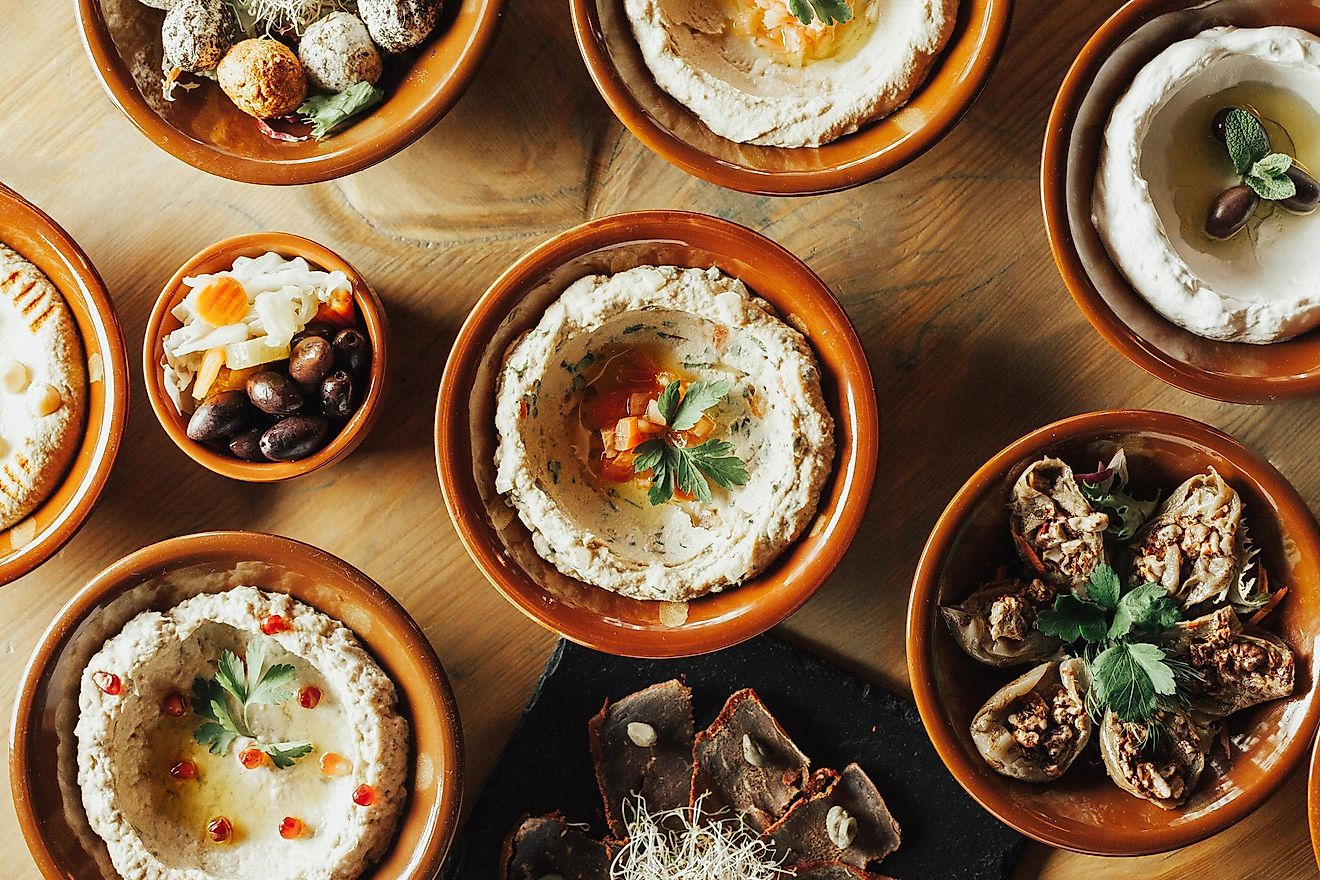
Unsurprisingly, the food is similar to other countries in the Middle East like Syria and Cyprus. Some of the main national dishes include kibbe and the tabbouleh. The former is simply a meat pie made with burghul and minced lamb while the latter is a salad combining tomatoes, burghul, and parsley. Arak is the national beverage and is prepared by fermenting grape juice. The drink is usually served with ice and water as well as food. Arak has similarities to raki in Turkey and ouzo from Greece. These days, other drinks such as wine and beer are gaining popularity among the population.
One inexpensive meal served in Lebanon is a thick stew of rice, lentils, and onions known as M'Juhdara. Generally, lebanese cooking is dominated by foods such as pita bread, rice, pasta, red meat, and other foods. Fruit is also a popular component of a diet.
Music
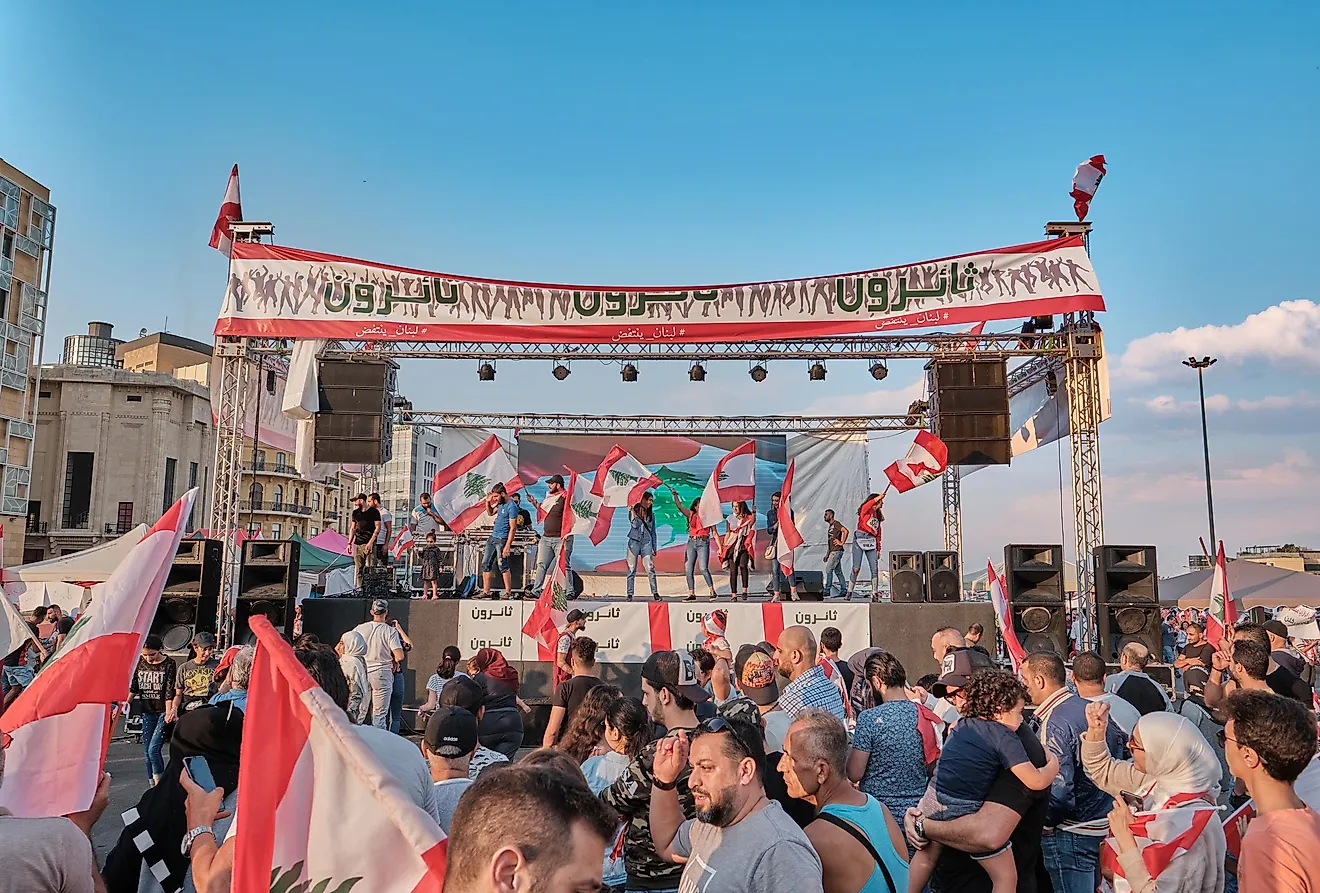
While traditional styles are still around, modern forms of music like pop, rap and fusion have also gained popularity. Accordingly, radio stations air both kinds of music. Popular local musicians include the likes of Fairuz, widely regarded as the most successful Arabic singer, and Najwa Karam, another renowned singer. Some of the artists who have been mixing traditional and modern styles include Marcel Khalife, while modern artists include Haifa Wehbe and Fadl Shaker. The World Intellectual Property Organization reports that the music industry in Lebanon could potentially grow to be the leading one in the Middle East.
Literature
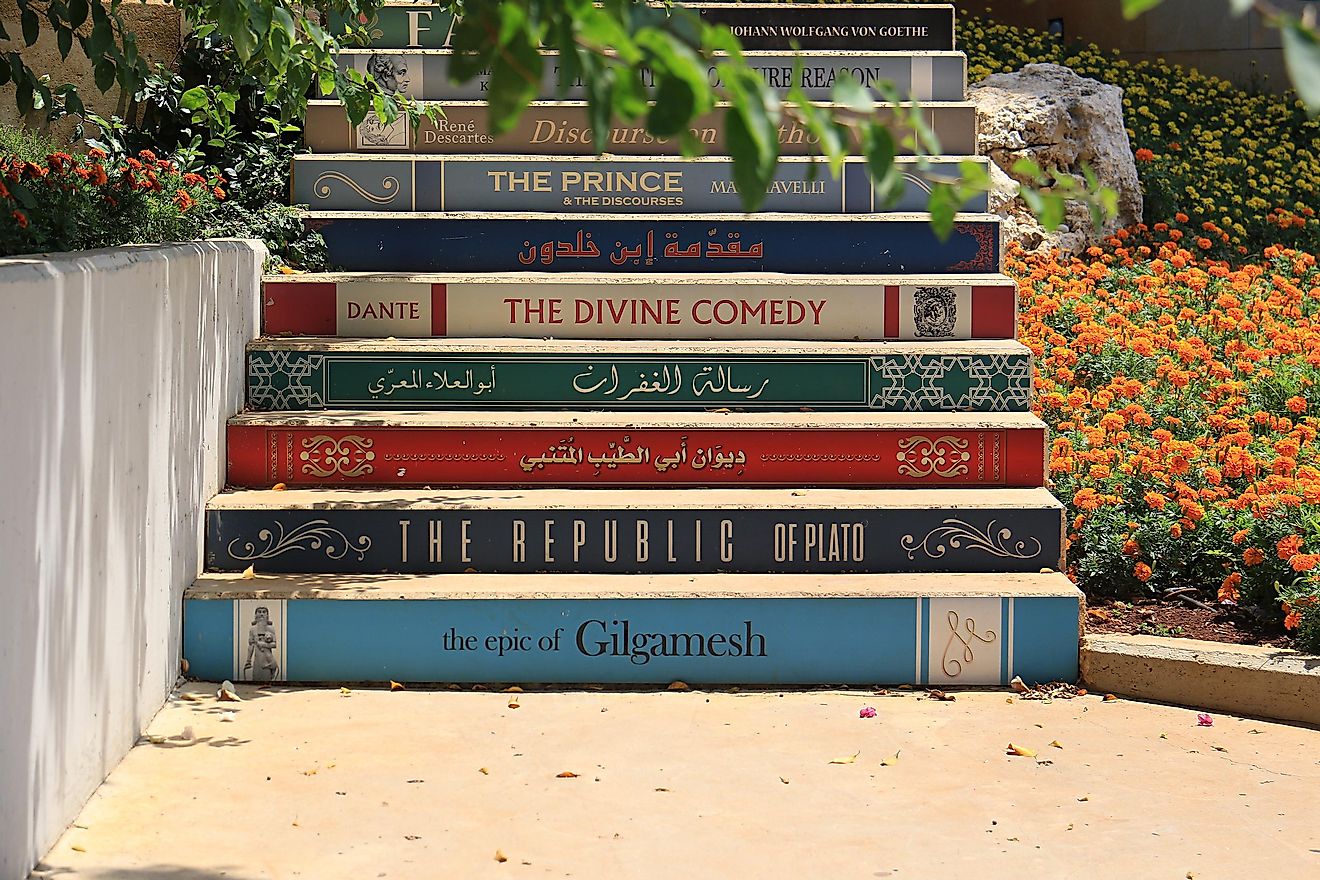
Some popular Lebanese writers include Khalil Gibran who lived from 1883 to 1931. Khalil is famous for one of his poetry books, The Prophet, which he wrote in 1923 and includes 26 poems. Today, the book has more than 40 different translations. Other writers include Elias Khoury, Georges Schehadé, Amin Maalouf, and Hanan al-Shaykh.











